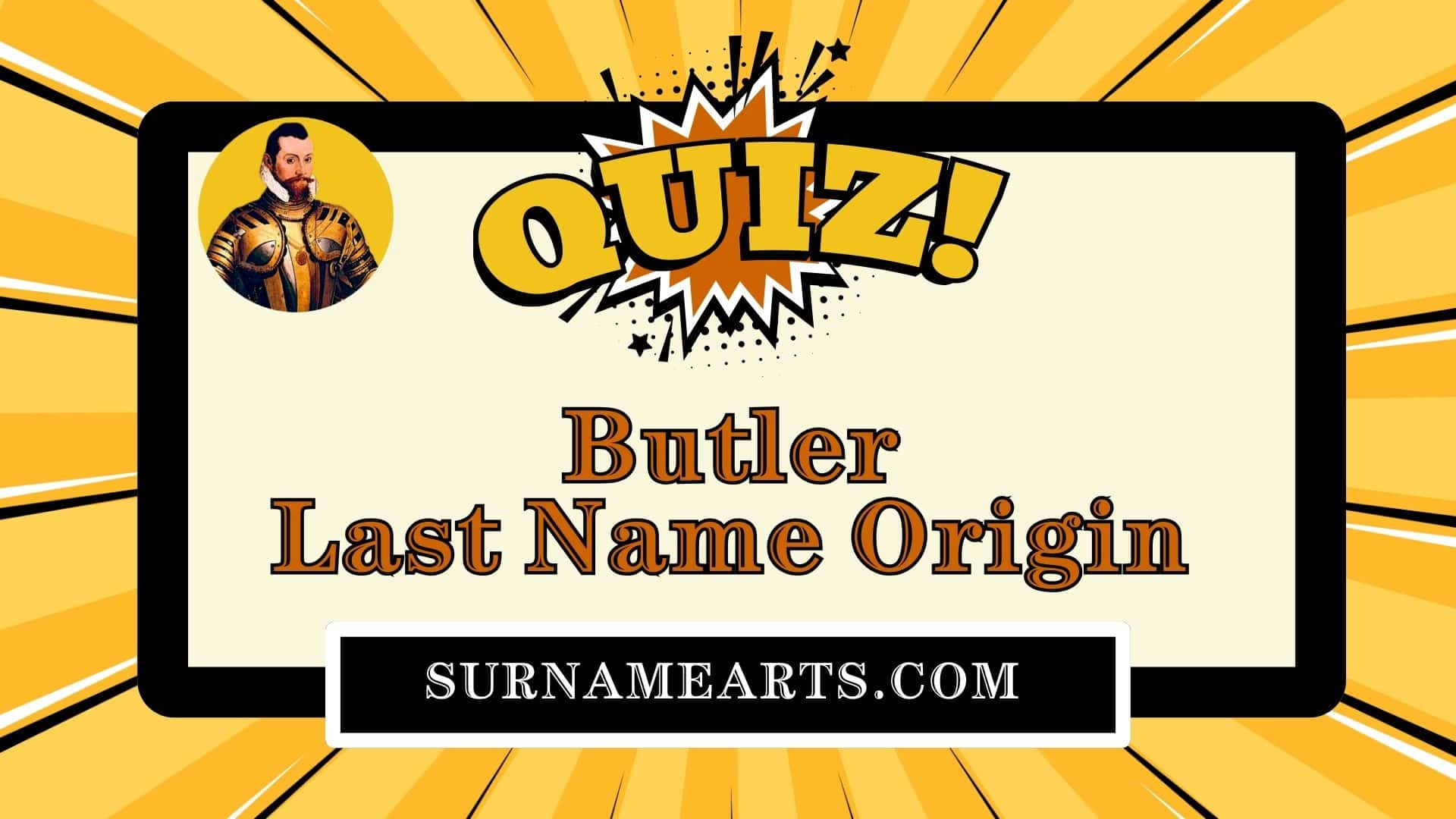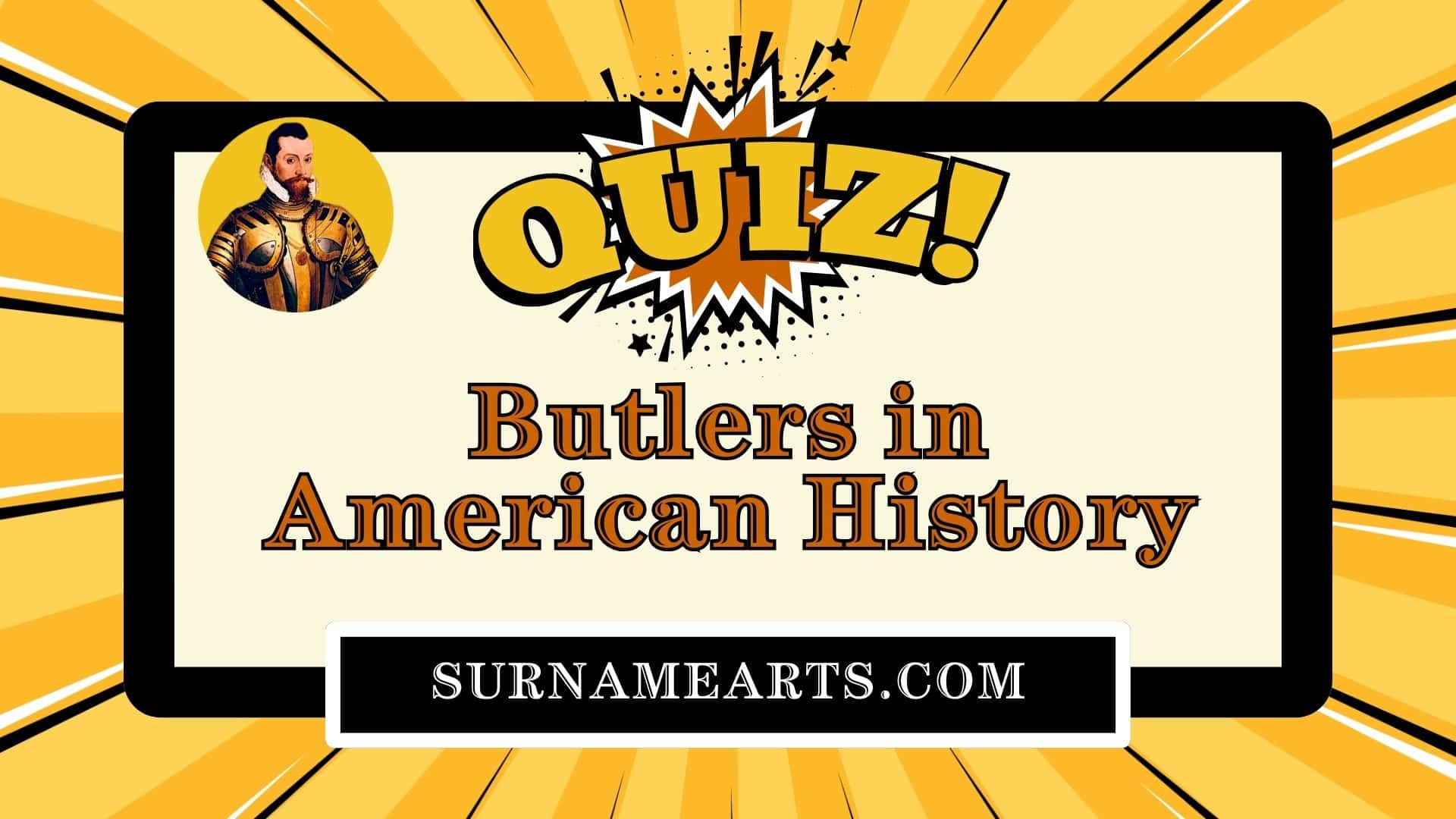
A Detailed Explanation of the Symbols and Meanings Behind the Butler Family Crest, Butler Coat of Arms, Butler Family Motto, and Butler War Cry

Coats of arms have been used to identify people on and off the battlefield since biblical times.
A common misconception is that there are coats of arms for surnames – there aren’t. There are only coats of arms for individuals. For a person to have a right to a coat of arms, they have to have it granted to them or be descended in the legitimate male line from a person that’s had them in the past.
That being said, coats of arms are really valuable tools for researching and understanding your ancestry. When you’re trying to identify your specific branch of the family, you can sometimes use elements of a coat of arms from your last known ancestor to help identify earlier ancestors. That’s because certain elements of a coat were often consistent along branches of a family. And, because every element has meaning, it can help us better understand our ancestors.
Fortunately for us, there are several really good sources for information on Butler coats of arms. In fact, there are close to 100 documented coats of arms in England and Ireland for members of the Butler family.
The coat of arms above belongs to James Butler (1610-1688), the first Duke of Ormonde. I chose James’ arms for illustration purposes because he’s a central figure in the story of the Butler family and because his arms contain many of the heraldic elements you’ll see throughout the Butler family tree. Based on what’s documented and generally accepted meanings of heraldry symbols, here’s what we know about it:
Butler Family Motto

The Butler Family motto, Comme je Trouve, is prominently displayed at the top. In French, it means “As I Find.” The motto is intended to encourage grit, striving through adversity, and meeting life’s challenges head-on. Kilkenny College, which traces its origins to the Butlers, has adopted this motto and has a coat of arms very similar to this one.
Butler Family Crest

Underneath the motto is the Butler family crest. People often use the terms family crest and coat of arms interchangeably, but a family crest is just one part of a coat of arms and is often used when there’s not enough room to display the full coat.
At the top of the crest, we see a rising falcon. In heraldry, the falcon represents a person of noble nature, strength, bravery, and alertness – one that doesn’t rest until an objective is achieved. If the wings of the falcon are displayed, as they are here, it represents protection. We see another falcon in more detail on the lower left side in what’s called the Dexter Supporter position.
The crest falcon is sitting on a plume of five silver ostrich feathers that represent obedience and serenity. Underneath the feathers is a ducal coronet. Visually, you can tell the difference between crowns and coronets by looking for arches. Crowns have them, cornets don’t.
Butler Coat of Arms Shield

Coronet
The large red coronet on top of the shield means the bearer of this Butler coat of arms is a Duke. If you saw the coronet in person, you would see a total of eight strawberry leaves around the circumference.
Garter
The blue circle on the outside of the escutcheon, which is a fancy word for a shield, shows that James Butler was a member of The Most Noble Order of the Garter. This was an order of chivalry founded by Edward III of England in 1348. Membership was at the sovereign’s sole discretion and was usually in recognition of a national contribution or for personal service to the sovereign. The order’s emblem is a garter with gold lettering that translates to “Shame on him who thinks evil of it.” James would have worn this garter on ceremonial occasions and was entitled to encircle his arms with it.
Inescutcheon
In the middle of the quarters, known as the inescutcheon, we see three unicorns. They represent bravery, purity, healing powers, pride, intelligence, and virility.
First Quarter

In the upper left quarter, we see a “chief indented.” The chief is the top one-third. It represents dominion and authority and was often given as a special reward for prudence and wisdom or successful command in war. The “indented” part refers to the pattern of the bottom line. The chief is azure (blue), representing truth and loyalty. The background is gold, representing generosity and elevation of mind.
Second Quarter

The upper right quarter shows three covered cups, which symbolize the hereditary office of the Chief Butler of Ireland. One of the Chief Butler’s duties was to serve the king the first cup of wine at banquets of state. The top half of the shield, the chief indented and the covered cups, are the heraldic symbols you most often see on Butler coats of arms that you find online and in souvenir shops across Ireland.
Third Quarter

The bottom left quarter shows a red lion with a silver swan and golden annulet, which is a fancy name for a finger ring. The lion is noble and heroic and symbolizes strength, courage, and generosity. It stands rampant, meaning erect on its hind feet, ready for combat. The direction of the lion is really important here. It faces to the left because facing to the right would imply cowardice as if the bearer was running away from his opponent. The annulet represents fidelity. The swan represents love, grace, and perfection. The color red represents military strength and a willingness to face danger. The color silver represents peace and sincerity.
Fourth Quarter

The bottom right quarter shows a saltier, or St Andrew’s cross, which symbolizes courage. The white background with a pattern of black shapes represents the fur of an ermine, which is a species of weasel with white fur and a black-tipped tail. In medieval times, ermine furs were used to line the coronation cloaks and clothes of royalty and important people. Ermines were also considered symbols of chastity.
Sinister Supporter

On the right side of the shield opposite the large falcon (Sinister Supporter position) is a griffin with the head, wings, and talons of an eagle and the body of a lion. In medieval heraldry, the griffin was a Christian symbol of divine power because it was part bird and part beast like Jesus, who was part human and part divine. The griffin was also shown to depict strength, military courage, and leadership.
Butler Family War Cry

At the bottom, you see the family’s war cry – “Butler a Boo.” A Boo is Gaelic for victory, so Butler a Boo means “Butler Victory!”
Primary Sources:
- Burke, B. (1884). The general armory of England, Scotland, Ireland, and Wales: Comprising a registry of armorial bearings from the earliest to the present time. London: Harrison.
- Rietstap, J. B., and Henri Rolland. 1969. Armorial général de J.B. Rietstap. La Haye: M. Nijhoff.
- Fleur-de-lis Designs: Custom Coat Of Arms And Crest Symbolism With Illustrations. (n.d.). Fleur-de-lis Designs: Custom Coat of Arms and Crest Symbolism with Illustrations.
- Meet Your Ancestors: The Butlers (Documentary Film). Directed by Lane Sharah Butler, 2021.












